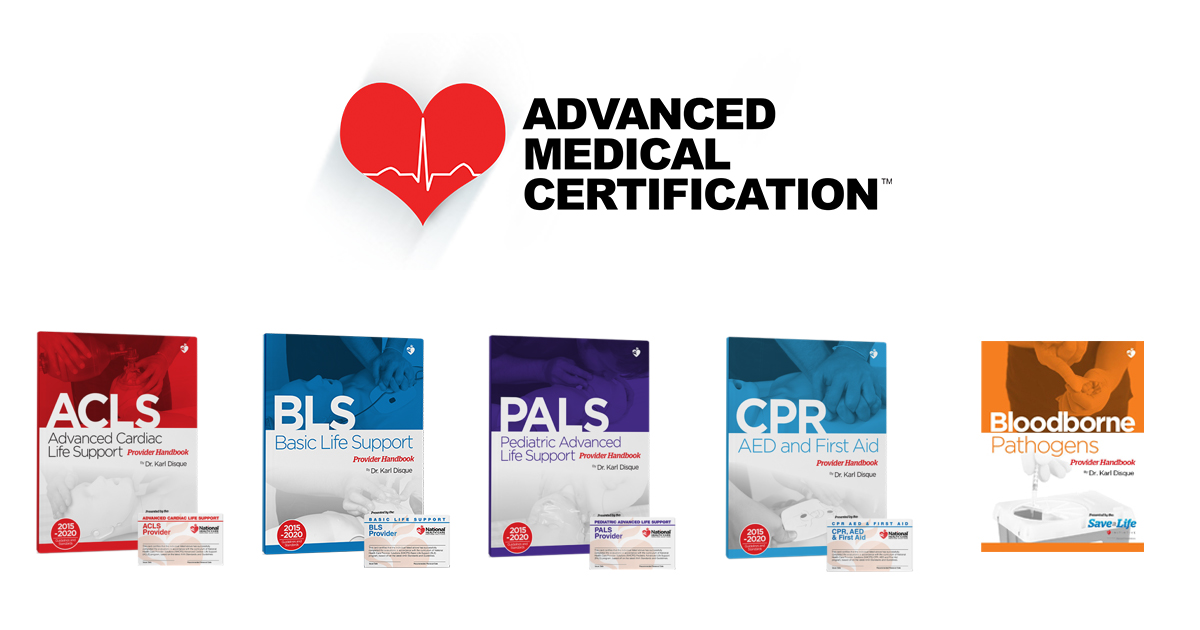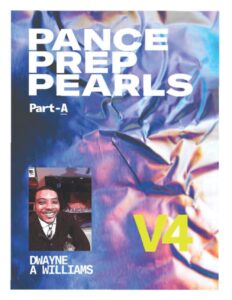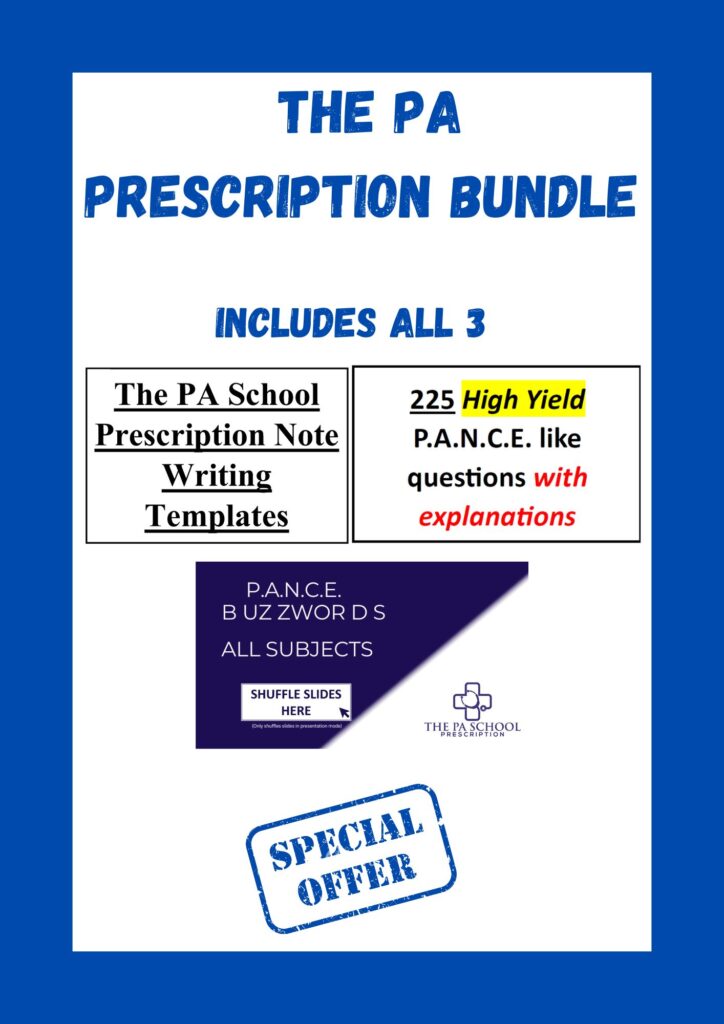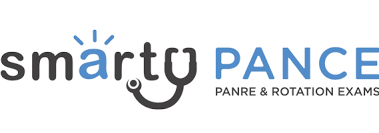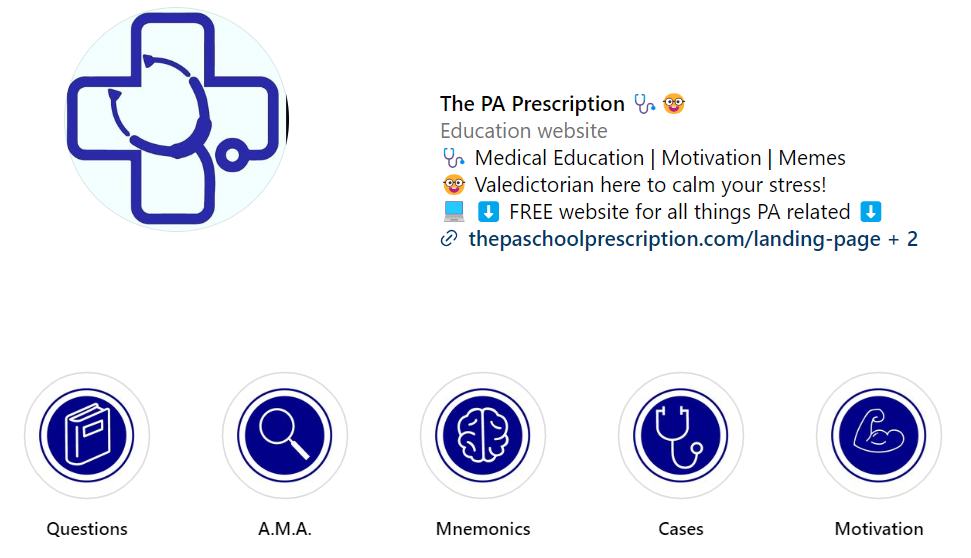
Thank you for subscribing to The PA Rx Newsletter!
Today in 10 minutes or less you’ll learn
- Patient’s wallet 1 – CVS Pharmacy 0
- Conditions to keep on your radar this holiday season
- Provider Spotlight – Nerd out with everyone’s favorite ninja
- ..are you sure that X-ray is okay?
Patient’s wallet 1 – CVS Pharmacy 0
As stated in this article, CVS Pharmacy is set to shake up its prescription drug pricing system with a new model called CostVantage. Starting in 2025, this approach will simplify drug pricing by considering the actual cost, a fixed markup, and a service fee, aiming for greater transparency. The move comes amid changes in the pharmaceutical landscape, with the Biden administration negotiating drug costs and private entities exploring alternative models.
While the specific impact on individual drug prices remains uncertain, CVS executives anticipate a mixed effect, with some drugs potentially becoming more affordable and others seeing price increases. This move aligns with broader industry trends towards transparency and innovative pricing structures.
CVS’s initiative follows in the footsteps of the Mark Cuban CostPlus Drug Co., an online pharmacy bypassing health insurers to sell generic drugs directly to patients, claiming substantial cost savings.
This reflects the industry’s broader efforts to address drug pricing issues, aligning with the Biden administration’s focus on lowering drug costs. The evolving dynamics in the pharmaceutical sector indicate a concerted effort to enhance transparency and create a more consumer-friendly pricing landscape.
Holiday Season Diagnoses to keep on your radar
Everyone loves the holidays (except for the Grinch), but even in medicine, we have to stay on high alert for more holiday injuries and illnesses. Here’s the lowdown:
Decorating Disasters:
- The holiday season often involves decorating homes and outdoor spaces, which may require the use of ladders and other equipment. Medical professionals should be alert to injuries resulting from falls, including fractures, sprains, and head injuries. Emphasizing ladder safety, proper use of equipment, and encouraging individuals to have assistance when decorating can help prevent injuries during this festive time.
Pancreatitis
- The holiday season often involves indulgence in rich, fatty foods and excessive alcohol consumption. These factors can contribute to acute pancreatitis, characterized by inflammation of the pancreas. Providers should be attentive to patients presenting with severe abdominal pain, nausea, and vomiting.
Tendon Injuries from Kitchen Accidents:
- With increased cooking and preparation of holiday meals, there is a higher risk of kitchen accidents leading to tendon injuries. Medical professionals should be prepared to assess and treat injuries, including lacerations and tendon damage, especially in the hands and fingers.
Anaphylaxis from Allergies at a Holiday Party:
- Holiday parties often involve a variety of foods, and individuals with allergies may be at risk of anaphylactic reactions. Clinicians should educate individuals with known allergies to be vigilant about food ingredients and potential cross-contamination. Additionally, they should be prepared to manage anaphylaxis promptly with epinephrine and supportive measures in case of an allergic reaction.
Seasonal Affective Disorder (SAD):
- Seasonal changes and reduced exposure to natural sunlight during the winter months can contribute to Seasonal Affective Disorder. Providers should be attentive to patients presenting with symptoms of depression, fatigue, and changes in sleep patterns. Treatment options may include light therapy, counseling, and medications.
Holiday Heart Syndrome:
- The holiday season can be associated with an increased consumption of alcohol and rich foods. Medical professionals should be aware of “holiday heart syndrome,” where excessive alcohol intake may lead to arrhythmias, particularly atrial fibrillation. Encouraging moderation and awareness of alcohol’s impact on cardiac health is important.
Provider Spotlight – Ninja Nerd Science
I’m excited to introduce one of my favorite free resources while in PA school, the YouTube Channel Ninja Nerd Science. Led by Dr. Zack Olson, it is a popular YouTube channel offering high-quality educational content in science and medicine. Dr. Olson, a medical doctor, covers a range of topics, including anatomy, physiology, pharmacology, and clinical medicine. The content is known for its engaging lecture style, use of visual aids, and relevance for medical students, healthcare professionals, and science enthusiasts. The channel is particularly helpful for those preparing for medical board exams, providing detailed explanations and animations to simplify complex concepts. Dr. Zack Olson’s passion for education and expertise in the field contribute to the channel’s success as a valuable learning resource.
…are you sure that X-ray is okay?
It was another busy Saturday shift working in an urgent care clinic when an older gentleman checked in for a worsening sore throat x 5 days.
I quickly reviewed the chart before going to see the patient and all vital signs were within normal limits.
I introduced myself and as the patient said, “Good morning,” he sounded a little hoarse. Yes, this could be a standard laryngitis picture, but anytime someone comes in with a hoarse voice and worsening sore throat, I personally go on high alert. (Keep reading and you will find out why).
All point of care testing was negative and as I ran through the physical exam, his throat didn’t look too bad. Some erythema and cobblestoning, but not enough to make an older gentleman come to the clinic on a rainy Saturday morning.
“I took some leftover Zithromax I had for five days thinking that would help, but it hasn’t.” – the patient says
As he was talking, I noticed another key detail.
The patient would elevate his chin and extend his neck to speak. Again, alarm bells started to go off.
I told the patient my management plan and how I wanted to give steroids in the office and shoot a quick X-ray of his neck.
Initially hesitant, the man eventually agreed.
I went to read the X-ray, and it looked something like this:
Immediately I sent the X-ray for a read as I was very suspicious of a potential life-threatening diagnosis. Luckily, one of the radiologists on staff looked and began to read the X-ray. The read came in a few moments later and read as:
“Unremarkable cervical spine X-ray. No acute bony abnormality”
I was so confused as I ordered a soft tissue neck X-ray. I began questioning myself and asked myself if I was over-reading the film or if I really saw the classic ‘thumbprint’ like you see in Epiglottitis.
I sent the X-ray for a re-read and wrote a quick addendum to ask the radiologist to comment on the soft tissue structures, especially the epiglottis. I went to check in on the patient to see how he was doing in the meantime.
When the read finally came back it read,
“Findings consistent with acute epiglottitis, consider CT imaging”
I took a breath to gather myself as I learned I wasn’t going crazy
The patient was then safely transported to an ER for a higher level of care and further workup.
I write this not to bash on the radiologist. Not at all. But to just emphasize that you should remain on high alert when physical exam red flags arise and trust your clinical suspicion.
Teaching point:
Acute epiglottitis is characterized by rapid inflammation of the epiglottis, historically often caused by H. influenzae type B but now potentially involving other bacteria like Streptococcus pneumoniae and Staphylococcus aureus. The condition poses a risk of airway obstruction, necessitating immediate attention. Symptoms include sudden-onset severe sore throat, dysphagia, drooling, muffled voice, and respiratory distress. Management involves prioritizing airway patency, hospitalization for close monitoring, broad-spectrum antibiotics (e.g., ceftriaxone), corticosteroids (e.g., dexamethasone), vaccination updates, and supportive care with intravenous fluids and oxygen therapy. Swift intervention is critical for preventing complications and ensuring a positive outcome.
That’s all for today.
For more newsletters and case challenges click here
Thanks for reading,


